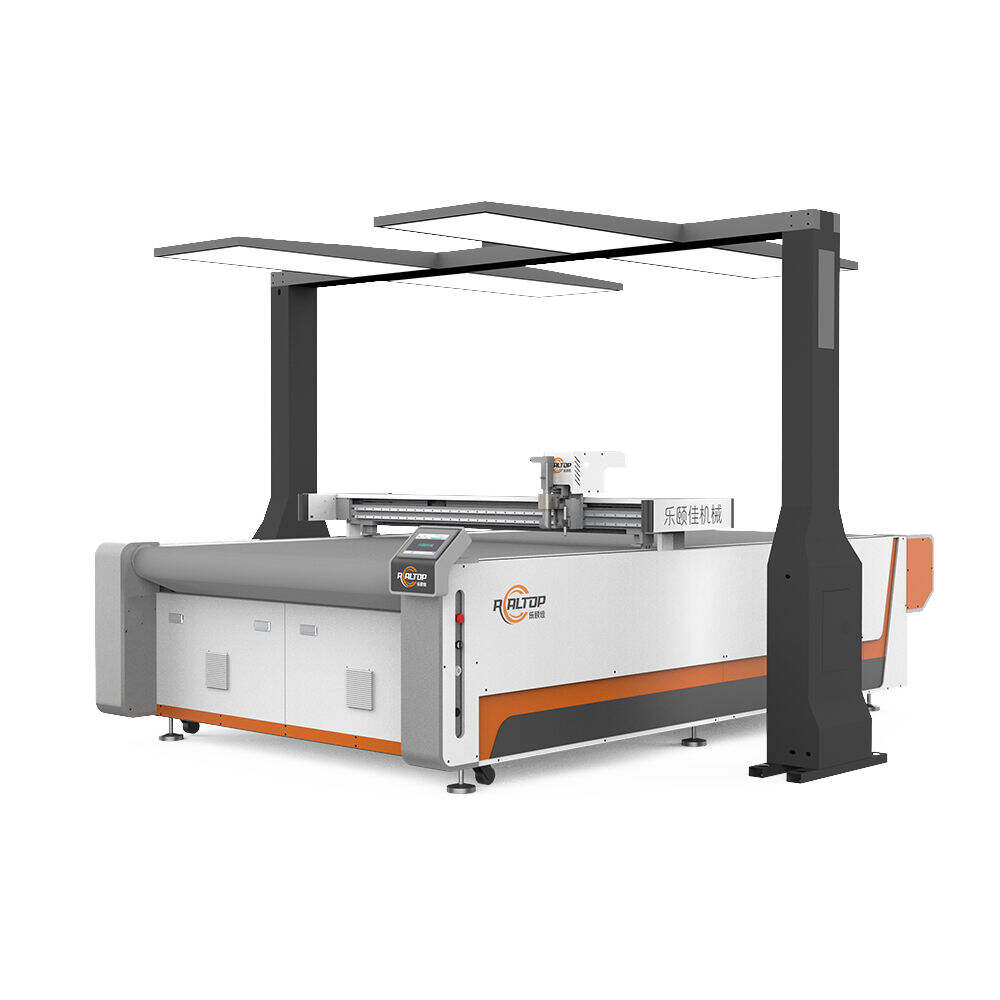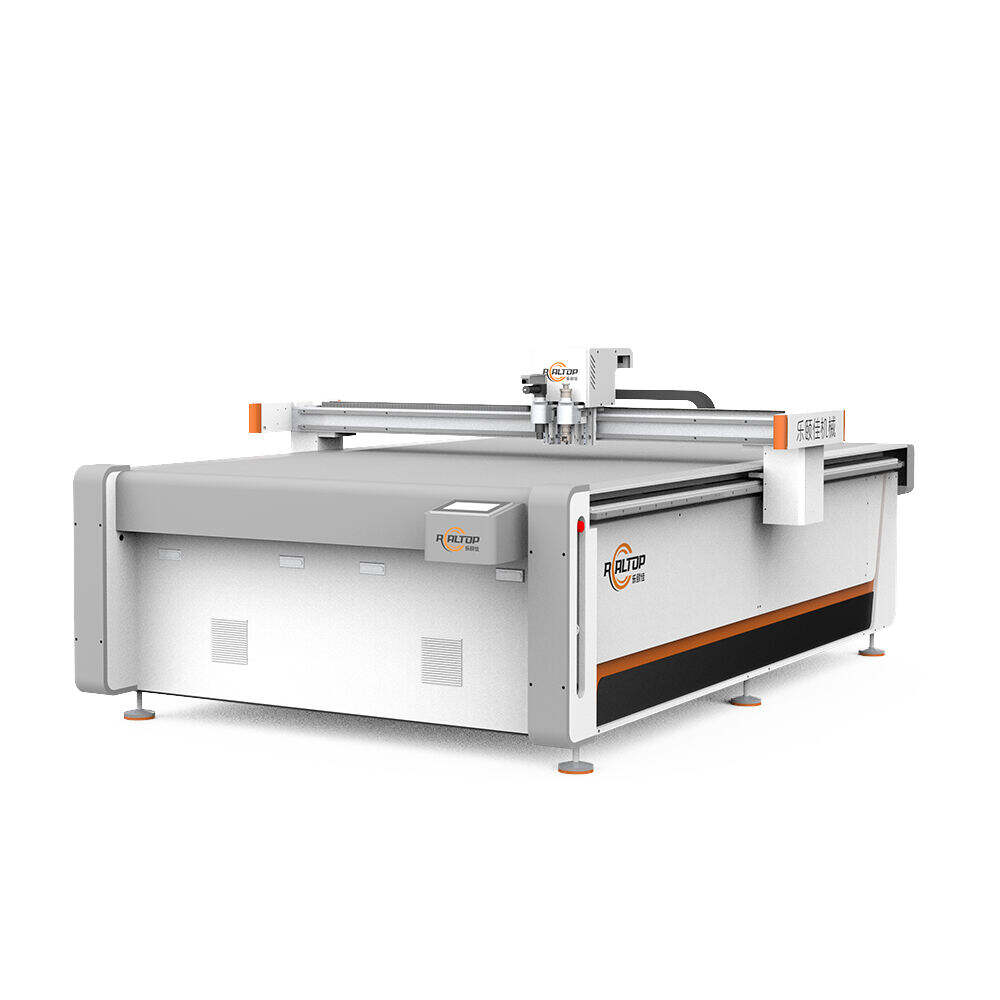best machine for cutting leather
The optimal machine for cutting leather combines precision engineering with advanced technology to deliver exceptional results in leather processing. Modern leather cutting machines typically feature computer numerical control (CNC) systems, enabling accurate and repeatable cuts across various leather types and thicknesses. These machines utilize sophisticated cutting mechanisms, including oscillating knives, laser beams, or high pressure water jets, depending on the specific model and application requirements. The cutting area usually ranges from compact tabletop sizes to industrial scale platforms, accommodating different production volumes. Advanced features include automatic pattern nesting software that maximizes material usage, reducing waste and improving cost efficiency. These machines also incorporate safety features such as emergency stop buttons, protective covers, and motion sensors to ensure operator safety. The control interface typically offers user friendly operation through touchscreen displays, allowing for easy pattern input and cutting parameter adjustments. Most modern systems can handle multiple cutting depths and speeds, making them versatile enough to process everything from delicate garment leather to thick upholstery materials.


